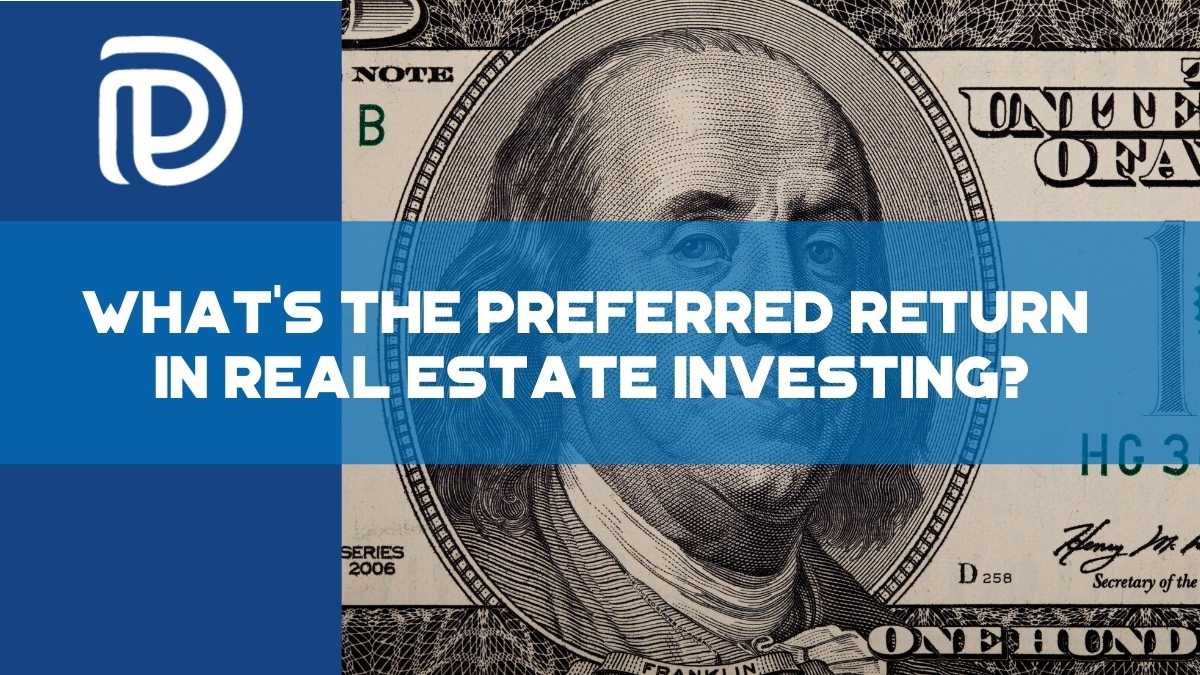Preferred Return
A new member in our Passive Investors Circle asked a question that many investors also want to know….the return on investment.
More specifically, she asked about something that she’d heard discussed on a podcast, the preferred return or “pref”.
Her question was:
When a syndicator purchases an apartment complex, how can they determine what the preferred monthly return is going to be?
How To Calculate the Preferred Return
When I originally began investing in syndication deals, I thought that the cash on cash return and the preferred return was the same.
I was wrong.
We’ve discussed the cash on cash return in the past.
Cash on Cash Return
In a nutshell, cash on cash return(CoC) is:
Cash In vs Cash Out
Whenever a deal is done, we the investors want to know for every dollar put into an investment, what do we get out in return?
The CoC is a factor that refers to the return on the capital that you’ve invested into the property.
Cash on cash return = net operating income (NOI)/total cash investment
NOI = annual rental income – the operating expenses
Whenever someone is wanting to invest in apartment syndications, usually the cash flow (NOI) is referred to the profits remaining after paying the operating expenses and debt service.
In other words, it’s what you’re going to have left in your pocket after all expenses and debt is paid each month.
Don’t Miss Any Updates. Each week I’ll send you advice on how to reach financial independence with passive income from real estate.
Sign up for my newsletterPreferred Return
Now let’s switch gears to discuss the pref.
At a basic level, a preferred return refers to the ordering in which profits from a real estate project are distributed to investors.
It’s a threshold return that limited partners are offered prior to the general partners receiving payment.
Just to clarify, the limited partners are the investors in a deal (you and me) and the general partners are the ones that put deals together and manage them.
As an example, most of the deals I’m currently in pay out an 8% pref on a monthly basis.
This means that the investors will receive the first portion of the monthly cash flow up to 8%.
In order to calculate the pref, you’d multiply the total equity investment from limited partners by the pref percentage.
Example
If it’s 8% and the limited partners invested $1 million, the annual pref is $80,000 (0.08 * $1,000,000). Typically, profits above the pref are split between the general partners and limited partners.
You maybe asking yourself, “How does the general partner set the pref percentage?”
They do this based on three things:
- the business plan
- goals of their limited partners
- what other general partners who are implementing similar business plans are offering
When underwriting a deal, the average annualized cash flow should exceed the preferred return amount offered to investors so that the general partners can distribute the preferred return.
Join the Passive Investors CircleWhy is a pref important?
To me, it’s nice knowing that the investors will be first to obtain profits each month before the general partners do.
This shows that the general partners have confidence in the deal that not only will they reach the percentage return promised but also will exceed it to pay other investors.
Questions?
If you’re contemplating becoming a passive real estate investor but have questions that need to be first answered, I have just the deal for you.
My goal on this site it to empower others and give them knowledge so that they can make the best financial decisions for both themselves and families.
Everyone’s situation is different which is why I created a source to get your questions answered called the Passive Investors Circle.
After you join, I’ll be in touch to set up a brief call to discuss your financial goals and help answer questions about developing streams of passive income.



